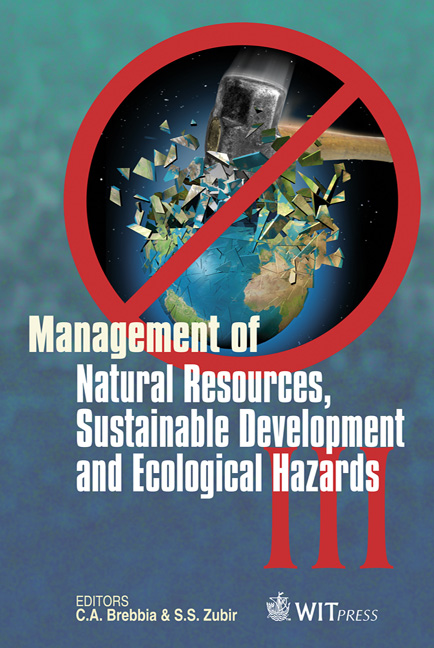Evolution Of Bangalore City’s Water Tank System
Price
Free (open access)
Transaction
Volume
148
Pages
10
Page Range
381 - 390
Published
2011
Size
2,794 kb
Paper DOI
10.2495/RAV110351
Copyright
WIT Press
Author(s)
F. S. Saidoddin, A. Suseelan & A. Krishna
Abstract
Many of the cities have previously emerged as settlements, along water bodies. The relation between settlements and water is unique and important. This paradigm of water, which is considered a source that sustains life, nurtures occupations and supports religious beliefs is inherent in traditional cities. Presently, there is a shift in paradigm with urbanization and globalization, and the ill-effects of negating water have caused urban ecological imbalance, pollution, unhygienic conditions and floods. Trends of development and increased land demands have caused encroachment of tank beds, sewage disposal into tanks and nalas. The study addresses a historical perspective of the system of tanks or kalyanis that existed in the city of Bangalore for over four centuries, focusing on the Arkavathi and Pinakini River Basins, the Water Network System in Bangalore city, and the Planning principles and land use allocation considering topography. An understanding of the tank system would help the community to conserve this unique asset of the city. The water network as a structuring element, which also renders Bangalore an identity is also highlighted. Keywords: water bodies, settlements, encroachment, land use, topography.
Keywords
water bodies, settlements, encroachment, land use, topography





